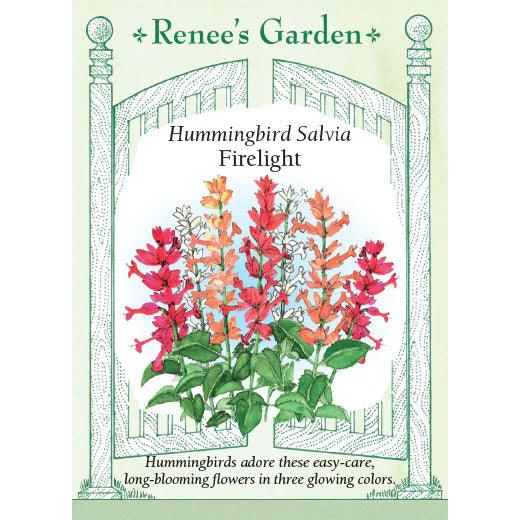Salvia Seeds: Vibrant Blooms and Versatile Charm
Salvia seeds bring life and beauty to gardens, producing plants known for their striking flowers, aromatic foliage, and adaptability. Salvia, part of the mint family (Lamiaceae), offers a wide variety of species and cultivars, each with unique visual appeal and characteristics that make it a favorite among gardeners and pollinators alike. From vibrant, drought-tolerant flowers to soft, bee-friendly blooms, salvia plants enhance any garden space and provide an essential resource for pollinator-attracting plants.
Enjoy the Natural Beauty of Salvia Plants
Salvia plants are celebrated for their tall, elegant flower spikes that rise above lush, often textured foliage. Flowers bloom in a spectrum of colors, including deep purples, vibrant blues, fiery reds, and soft pinks, creating dynamic visual interest. Each tubular bloom is perfectly designed for pollinators, such as bees and hummingbirds, to feed on the nectar, making them a standout choice for hummingbird garden flowers.
The leaves of salvia plants are equally striking, with their elongated shapes and slightly toothed edges. Depending on the species, foliage may range from bright green to silvery gray, often releasing a light fragrance when brushed against or crushed. These colorful garden perennials not only look stunning but also add a soothing aroma to the garden environment.
Characteristics of Salvia
Height and Form
Depending on the species, salvia plants range in height from compact 12-inch varieties to towering 5-foot specimens. Their upright growth habit and densely clustered blooms make them ideal for borders, flower beds, and containers, as well as flowering plants for dry soil. Their versatility ensures they fit seamlessly into both formal and casual landscapes.
Long Bloom Time
One of salvia's most appealing traits is its extended bloom period, with flowers often lasting from late spring through early fall, depending on the variety. This makes salvia an excellent choice for those seeking low-maintenance greens with maximum visual impact.
Drought Tolerance
Many salvia varieties are highly drought-tolerant, thriving in dry conditions while maintaining their vibrant display of flowers. This characteristic makes them one of the most reliable perennial flowering plants for regions prone to water scarcity.
Pollinator Attraction
Salvia is a magnet for beneficial pollinators, including bees, butterflies, and hummingbirds. Its role as a biodiversity arugula complement is unmatched, and it is a vital addition to eco-friendly gardens seeking to balance aesthetics with function.
Popular Varieties of Salvia
Salvia farinacea (‘Blue Sage’)
Known for its tall spikes of indigo-blue flowers, this variety provides a cooling contrast in hot, sunny gardens and pairs beautifully with other drought-tolerant flowers.
Salvia splendens (‘Scarlet Sage’)
A bold, fiery red salvia that adds drama and intensity to garden beds and containers. It thrives as a low-maintenance addition to pollinator-friendly landscapes.
Salvia nemorosa (‘Woodland Sage’)
A perennial favorite, featuring dense spires of violet blooms and a compact growth habit ideal for edging pathways or adding structure to wildflower meadows.
Salvia greggii (‘Autumn Sage’)
This semi-woody shrub boasts blooms in shades of pink, red, and coral, thriving in arid regions with minimal care. Perfect as a colorful companion for bee-friendly plants.
A Visual Showstopper in Any Garden
Salvia plants, grown from seed, offer a combination of elegance and resilience, thriving in gardens with minimal maintenance. Their vibrant colors and appealing forms add structure and interest to any planting scheme, from hummingbird gardens to wildflower meadows. Perfect for those who appreciate drought-tolerant flowers, pollinator-attracting plants, and the soothing hum of visiting bees, salvia plants grown from seed are an investment in a stunning and sustainable garden. As perennial flowering plants, salvia combines the beauty of colorful garden perennials with the practicality of flowering plants for dry soil, making it an ideal choice for landscapes of all styles.
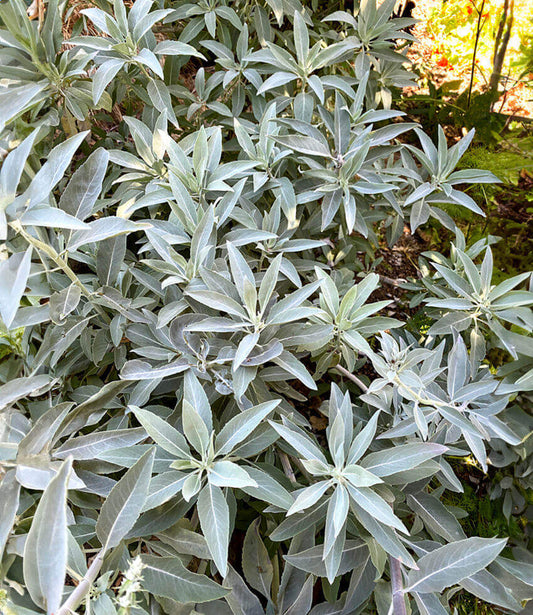
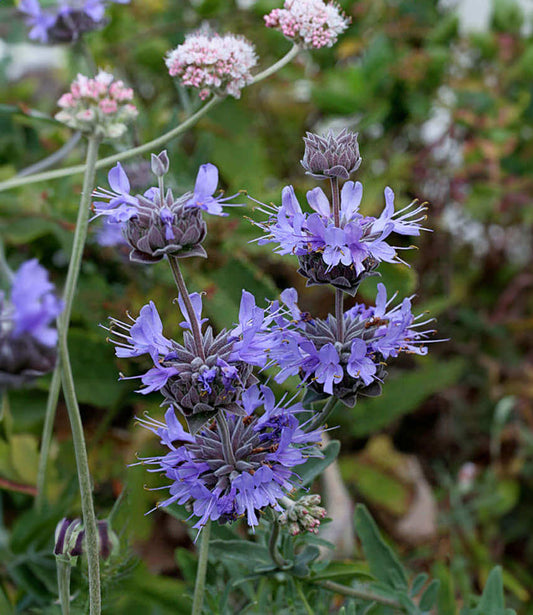 Sold out
Sold out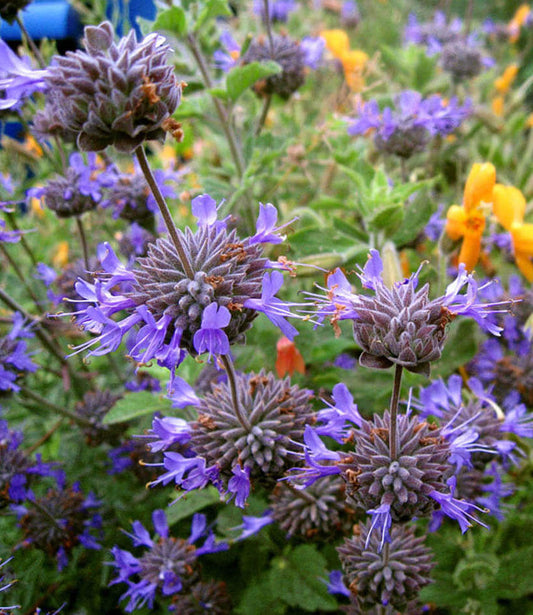
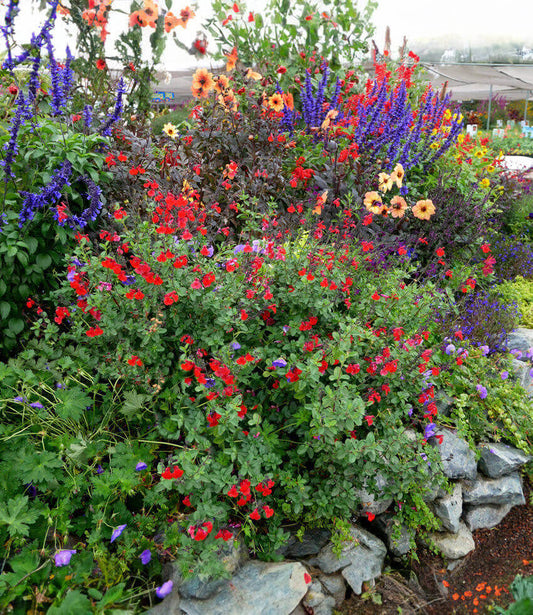 Sold out
Sold out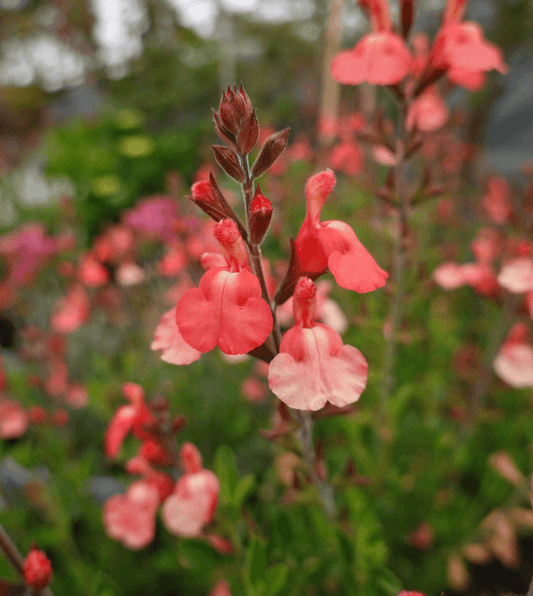 Sold out
Sold out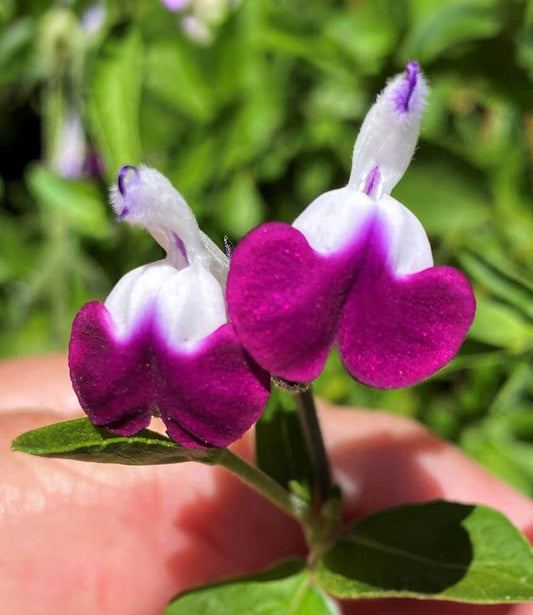 Sold outEST. availability: 12/19/2025Sold out
Sold outEST. availability: 12/19/2025Sold out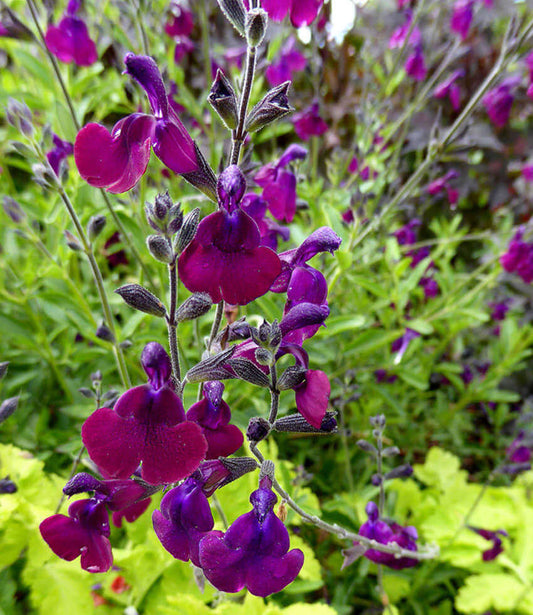 Sold out
Sold out



